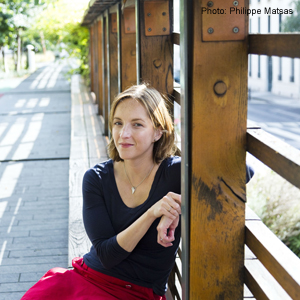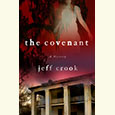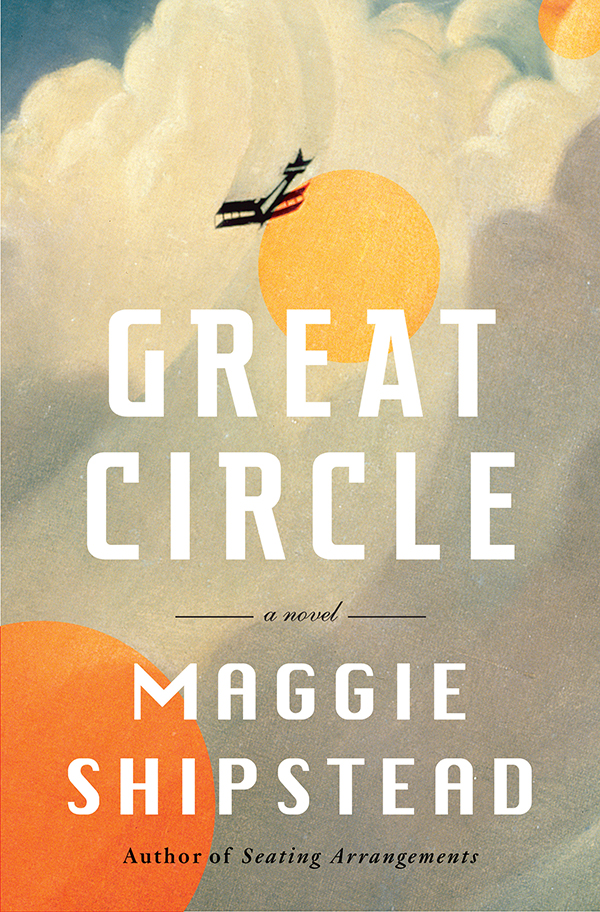The Impossible Reach of History
Rebecca Makkai’s second novel unearths a century’s worth of family secrets
Rebecca Makkai’s new novel, The Hundred-Year House, reveals its secrets slowly, layer by layer, as the reader travels back in time from 1999 to 1900. At the center of the story is a house—essentially a castle—called Laurelfield. Located north of Chicago near Lake Michigan, it was built in 1900 by a Canadian tycoon named Augustus Devohr. “The Devohrs,” Makkai writes, “sat firmly in the second tier of the great families of the last century, not with the Rockefellers and Vanderbilts of the world, but certainly shoulder-to-shoulder with the Astors, the Fricks, and were lesser known in these parts only by virtue of their Canadian roots.” What the Devohrs gradually become known for is their bad luck, especially following the suicide of Violet, Augustus’s wife. Later the property is the site of a well-known artists’ colony—attracting musicians, writers, dancers, painters, and sculptors to its secluded guest cabins and lush natural setting—before being returned to the family heirs once again.
 The novel opens in 1999, when Zee, a college professor and Devohr descendant, and her husband, Doug, a writer, move into the Laurelfield coach house. The main house is occupied by Zee’s mother, Grace, and her second husband, Bruce. It isn’t long before Bruce’s out-of-work son, Case, and his wife, Miriam, an artist, arrive. For all of them, Violet—or her supposed ghost—is a source of fascination. As Doug observes, “Some paintings seemed to follow you with their eyes, but this one had the opposite effect. No matter where you stood, Violet wouldn’t meet your gaze. He couldn’t figure out why—he just knew he didn’t want to be alone in this room at night.”
The novel opens in 1999, when Zee, a college professor and Devohr descendant, and her husband, Doug, a writer, move into the Laurelfield coach house. The main house is occupied by Zee’s mother, Grace, and her second husband, Bruce. It isn’t long before Bruce’s out-of-work son, Case, and his wife, Miriam, an artist, arrive. For all of them, Violet—or her supposed ghost—is a source of fascination. As Doug observes, “Some paintings seemed to follow you with their eyes, but this one had the opposite effect. No matter where you stood, Violet wouldn’t meet your gaze. He couldn’t figure out why—he just knew he didn’t want to be alone in this room at night.”
The house itself seems more alive than it ought to be. By October, Makkai writes, “The ivy on the big house had yellowed, to disturbing effect. The vines seemed somehow malevolent now, a strangling, draining force, all roots and tendrils, fused with the stone.” Zee, who grew up in the house, thinks, “Something’s wrong with this house. Something’s broken. Things don’t work normally here.” If there is more to the house than meets the eye, the same can be said of Zee and her family, each of whom hides a shameful secret—or two. As what is hidden slowly comes to light and the family begins to fall apart, Doug and Miriam suspect that the house is holding secrets of its own, and they devise a plan to reveal the truth—a truth that turns out to be much more than they bargained for.
Parts Two and Three of the novel are set in 1955 and 1929, respectively, and the story becomes a puzzle as clues from the future are drawn into the actions of the past. All the while, the house exerts its influence over the occupants. “[T]he house had roots and leaves and was busy photosynthesizing and sending sap up and down,” Grace thinks in 1955, “and the people running through were as insignificant as burrowing beetles.”
And yet, Laurelwood seems to look upon some with favor. In 1999, Miriam is the lucky one, her own work going better than ever before, while her husband meets with one mishap after another. “[D]id you ever play with magnets as a kid?” she asks Doug. “You know how if you have them turned to the wrong pole it pushes away, but you flip the same magnet around and it clicks together? I feel like Case is the wrong pole, the one that gets pushed. And I’m the right one.”
Makkai combines straightforward narrative with snippets of poetry, telegrams, letters, and descriptive “snapshots” of the artists at work in the long-ago colony to create a mood that is both modern and mysterious, historical and haunting. Ultimately, The Hundred-Year House is about the effects of the passage of time, about what is buried and what is unearthed. As Zee says, “We aren’t haunted by the dead, but by the impossible reach of history. By how unknowable these others are to us, how unfathomable we’d be to them.”
A graduate of Auburn University, Tina LoTufo has worked as a technical editor at an engineering firm and as an editorial assistant at Peachtree Publishers, where she worked on books by Erskine Caldwell, Will Campbell, and Ferrol Sams, to name a few. She lives in Chattanooga.


